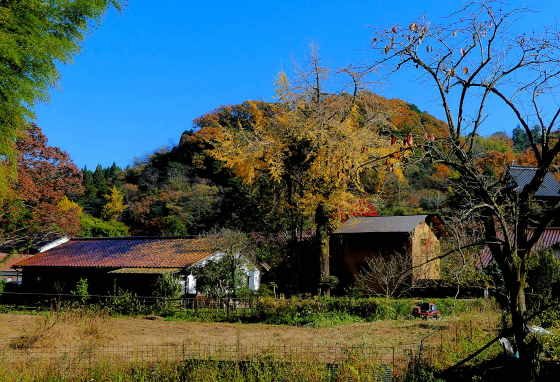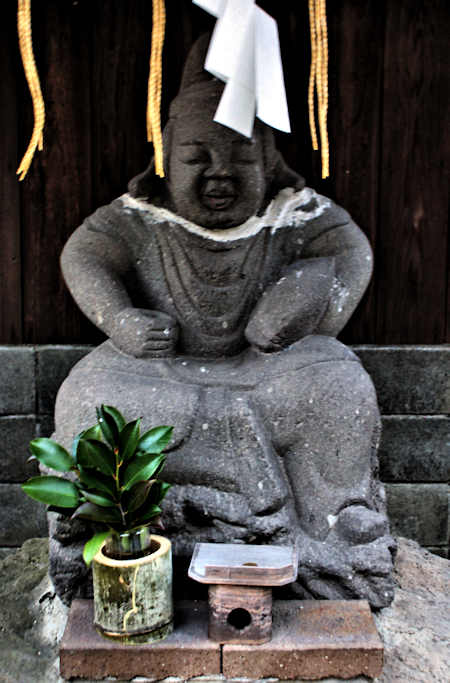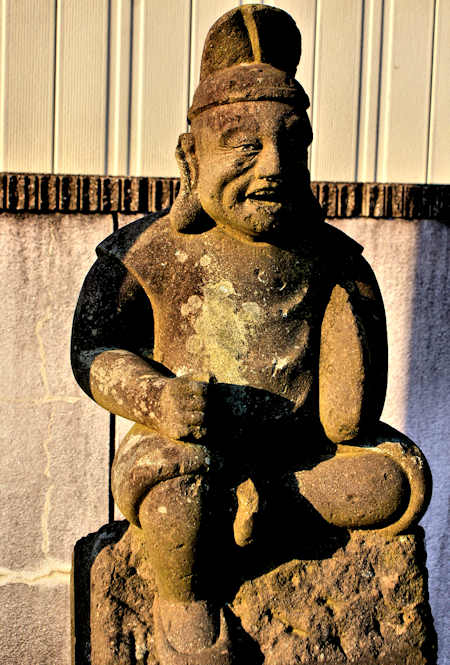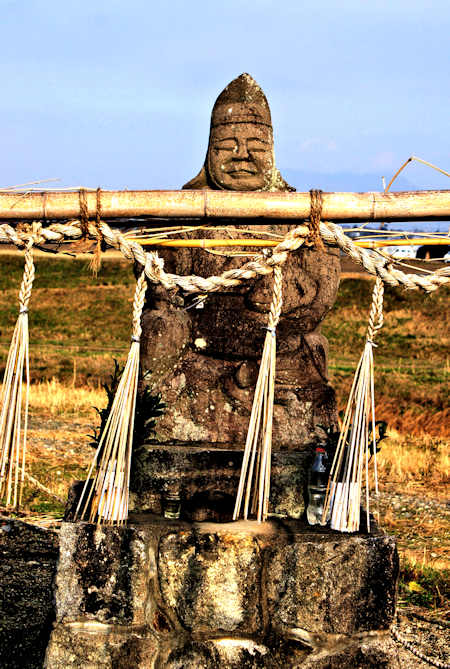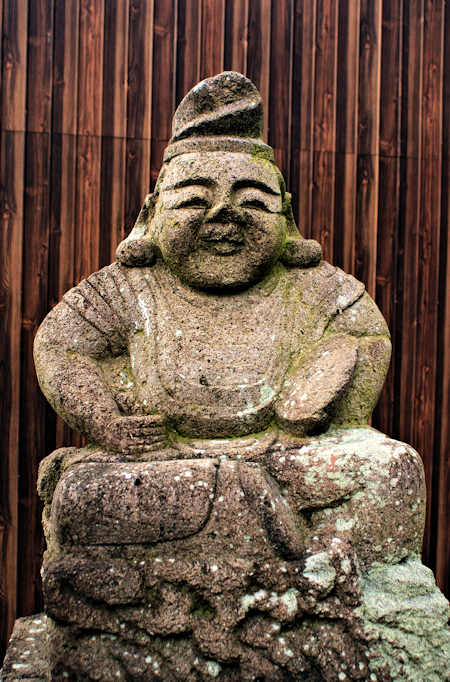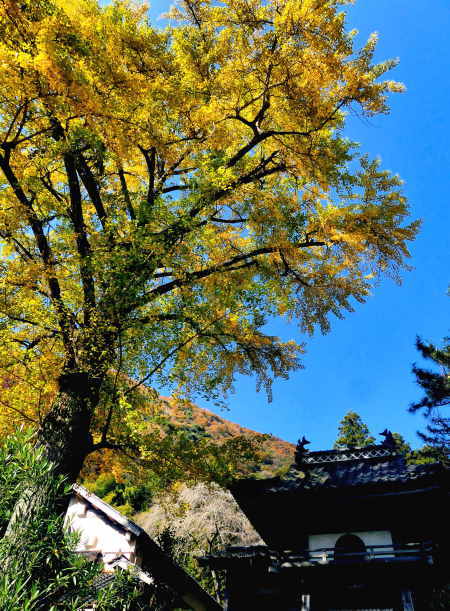Japan Guide
One of the most well-known of the yokai, the kappa is usually translated into English as "water sprite" and is a creature that inhabits rivers, ponds, etc. Legends of kappa are found all over Japan. Nowadays it is often rendered in a "cute" form.
The kappa in the area are depicted in other ways as well as by statues. It is one of the towns that feature them on decorated manhole covers. Our local town also features a kappa, though it is called enko in our area. It is based on a legend from my village and one of these days I will get around to telling it to you.
Kappa throughout Japan have a similar form..... a turtle shell, a beak, webbed feet, and an indented skull with a fringe of hair. I suspect this homogeneity of form began in the Edo period when collections of yokai images were published and then later in the twentieth century at first with the work of folklorist Yanagita Kunio, and then later with the manga and anime works of artists such as Mizuki Shigeru.
I confess to not having done the work to research the actual kappa stories of Tanushimaru.
At the end of the days walk I took the train back to Kurume and was surprised to see the small station of Tanushimaru....









